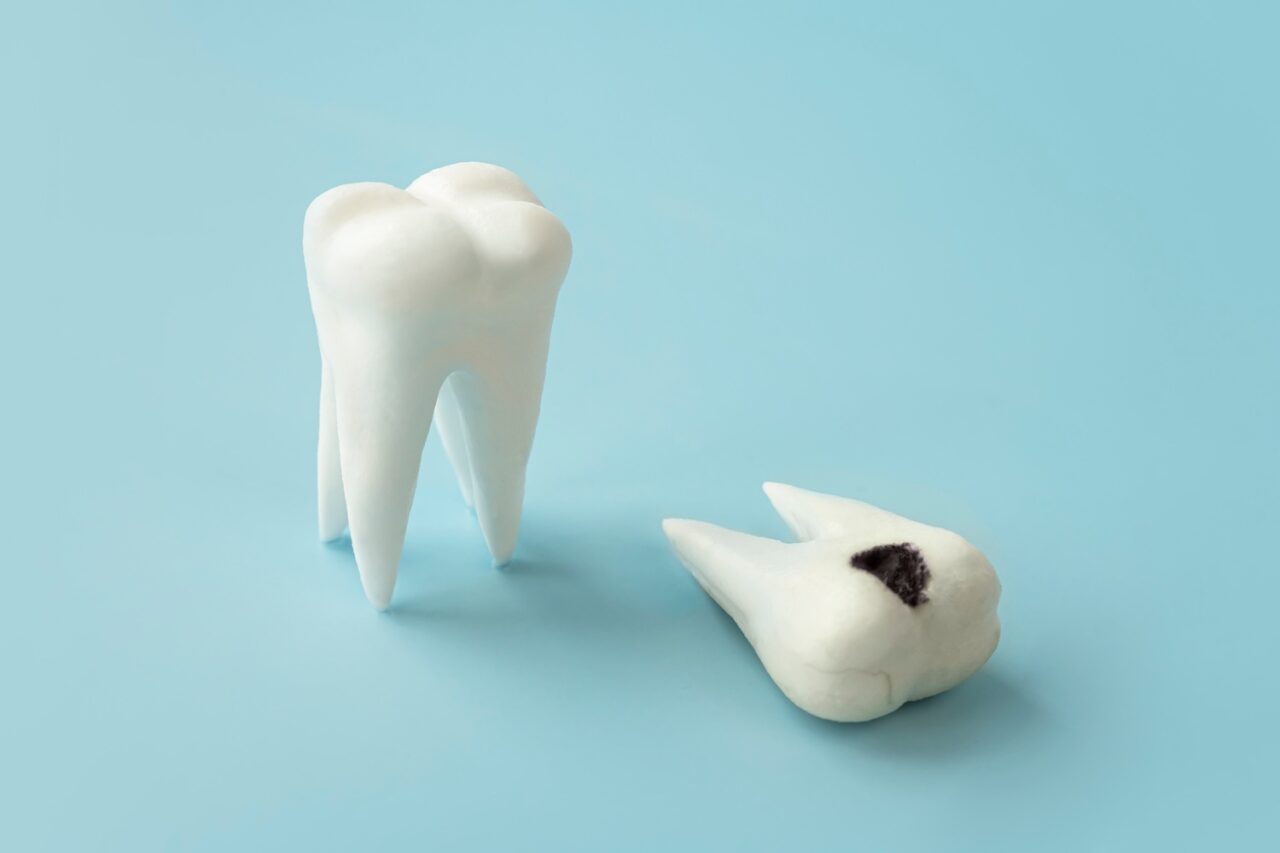Did you know that by the time you notice tooth decay, it may have already progressed through several critical stages? Understanding the stages of tooth decay isn’t just dental trivia—it’s your first line of defense against losing your healthy smile. From subtle white spots that signal early warning signs to more serious cavity development, tooth decay follows a predictable pattern that, when caught early, can often be reversed. Whether you’re dealing with early stages of tooth decay or simply want to protect your oral health, knowing these crucial stages could mean the difference between a simple fluoride treatment and a root canal. Let’s explore how to identify, prevent, and address tooth decay at every stage, empowering you to take control of your dental health before small problems become major concerns.
Understanding the Stages of Tooth Decay
Tooth decay develops progressively through distinct stages, each presenting unique challenges and opportunities for intervention. Recognizing these stages early is crucial for preventing serious dental problems and maintaining optimal oral health.
What is Tooth Decay?
Tooth decay, also known as dental caries, occurs when bacteria in your mouth produce acids that gradually destroy tooth enamel. This process begins with subtle changes and can progress to severe damage if left untreated.
The Five Stages of Tooth Decay
Stage 1: Demineralization
The first stage of tooth decay involves enamel weakening through demineralization. You may notice:
- White spots on tooth surfaces
- Slight discoloration
- Minor sensitivity to hot or cold
This stage is reversible with proper intervention and fluoride treatments.
Stage 2: Enamel Decay
As decay progresses, the enamel begins breaking down more significantly:
- White spots darken to brown
- Surface texture becomes rougher
- Increased sensitivity
- Small cavities begin forming
Stage 3: Dentin Decay
Once decay reaches the dentin layer:
- Pain becomes more noticeable
- Sensitivity increases significantly
- Cavities become larger and deeper
- Treatment becomes more urgent
Stage 4: Pulp Damage
At this advanced stage:
- Severe pain develops
- Infection may occur
- Root canal treatment may be necessary
- Risk of tooth loss increases
Stage 5: Abscess Formation
The final and most serious stage involves:
- Severe infection
- Facial swelling
- Intense pain
- Potential bone loss
- Risk of systemic infection
Prevention and Early Intervention
Daily Preventive Measures
- Brush twice daily with fluoride toothpaste
- Floss at least once daily
- Use an antimicrobial mouthwash
- Limit sugary foods and drinks
- Stay hydrated with water
Professional Care
- Schedule regular dental check-ups every six months
- Get professional cleanings
- Consider dental sealants for additional protection
- Ask about fluoride treatments
Warning Signs to Watch For
Early detection is crucial. Contact your dentist if you notice:
- Persistent tooth sensitivity
- Visible holes or pits in teeth
- Dark spots or discoloration
- Pain when biting down
- Sudden temperature sensitivity
Treatment Options
Treatment varies depending on the stage of decay:
Early Stages:
- Fluoride treatments
- Improved oral hygiene
- Dietary modifications
Advanced Stages:
- Fillings
- Crowns
- Root canals
- Extractions in severe cases
The Dentist LV specializes in treating all stages of tooth decay and can help prevent further damage to your teeth. Don’t wait until decay becomes severe – schedule a consultation today by visiting our contact page.


